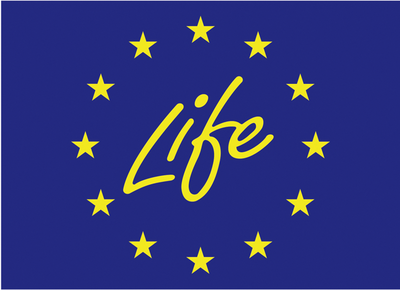1st Day of the LIFEGENMON Final Conference: A Detailed Report
LIFEGENMON project final conference: “Forest science for future forests: Forest genetic monitoring and biodiversity in a changing environment” was opened on Monday, September 21 2020 at 14:00. Due to measures to prevent the spread of coronavirus most participants attended the conference online.
Prof. Dr. Hojka Kraigher, LIFEGENMON project manager, opened a conference with the welcome speech, and Mag. Alenka Korenjak opened the conference in the name of the Ministry for agriculture, forestry and food of the Republic of Slovenia. Next was Doc. Dr. Primož Simončič, director of Slovenian Forestry Institute, who extended warm welcome and put forward the importance of the LIFEGENMON project. Mag. Janez Logar welcomed participants in the name of Slovenia Forest Service. In the end, the vice dean of Biotechnical faculty at University in Ljubljana, Prof. Dr. Miha Humar, extended a warm welcome from the host institution, where conference is held, and academic Ivan Kreft greeted participants in the name of Slovenian Academy of Science and Art.
Also read: Forest Science for Future Forests: Opening of the LIFEGENMON Final Conference
The conference programme continued with a presentation from Prof. Dr. Evi Alizoti, who presented IUFRO, a non-profit, non-governmental international network of forest scientists that promotes global cooperation in forest-related research and enhances the understanding of the ecological, economic and social aspects of forests and trees.
The Conference Session 1 on Genetic diversity and climate change, chaired by prof. dr. Hojka Kraigher, begun with keynote lectures by Dr. Santiago C. Gonzalez-Martinez (Using genomic data to improve adaptive-trait prediction at large geographical scales) and Silvio Schüler (Utilizing the adaptive potential of trees for assisted gene flow and climate smart forestry).
Dr. Santiago C. Gonzalez-Martinez talked about development of the modelling frameworks for tree species, in particular with different life-history traits and population genetic structure. He would like to start with a new generation of experiments with only one representative population of each gene pool and with more genotypes. This would allow also to test more environments.
Dr. Silvio Schüler presented the three lines to defend forest ecosystem services in climate change:
- Assisted mitigation (climate-resilient genotypes, stronger thinning measures);
- Planting other native species and species mixtures;
- Planting non-native tree species.
He presented forest as a mitigation option and talked about Climate Smart Forestry that considers the whole value chain from forestry to wool and energy production. It is built on three major objectives: reducing and/or removing greenhouse emissions, adapting and building forest resilience to climate change, increasing forest productivity and incomes in a sustainable way. Both lectures raised interest among listeners from the auditorium and even more over internet. Questions were put forward directly and through virtual conference platform chat.
Next on the programme were seven presentations on different aspects of genetic diversity and takes on climate change were presented by Eveangelia Avramidou, Rok Damjanić, Azucena Jiménez, Marjana Westergren, Gaye Kandemir, Heino Konrad and Giovanbattista de Dato. In the end of the day, 4 posters were presented by Devrim Semizer-Cuming, Lazar Kesić, Josef Frýdl, Mirzeta Memiševič Hodžić.
Report prepared by: Andreja Gregorič, Dr. Peter Železnik, Boris Rantaša
Also read: Forest Science for Future Forests: Opening of the LIFEGENMON Final Conference













 Saving...
Saving...
Leave a Comment